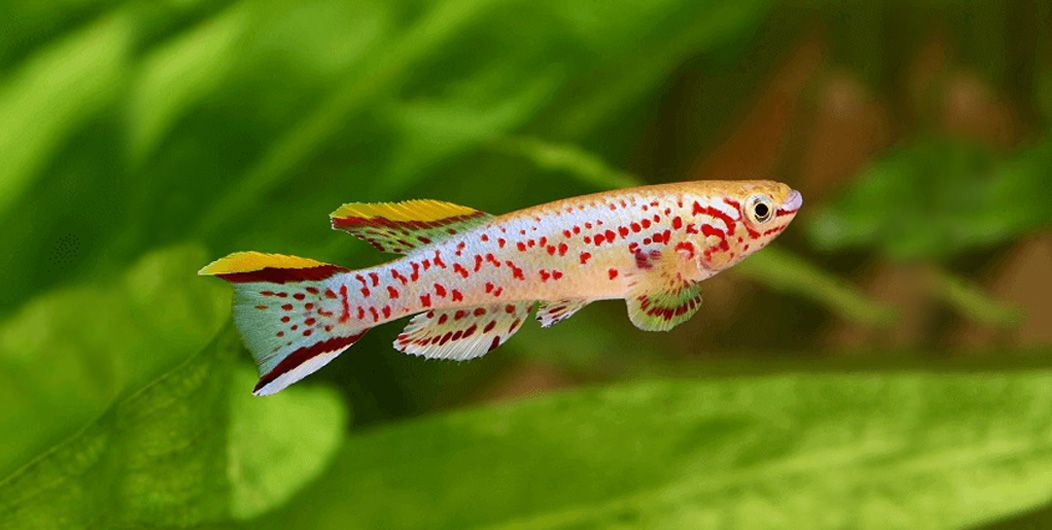
The ornamental fish industry in Sri Lanka was first an area of unidentified export potential when fish lovers used to import their favourite fish varieties back in the 1930s.
Export of ornamental fish was initiated in the 1950s once Sri Lankan exporters identified the industry’s true capability. Sri Lanka is naturally suited for aquaculture with a total coastline of approximately 1700 km. The total extent of lagoons and estuaries on the island is estimated to be 121,000 hectares. These continental areas support many reef habitats that provide a home to nearly 158 species.
The industry is based on both marine and freshwater ornamental fish varieties. The diverse drainage present within the country makes a path to the distribution of freshwater fish. This includes inland canals, rivers, lakes, etc. However, the industry comprises many establishments and labour dedicated to managing the growth of these fish communities and subjecting them to different markets. Sri Lanka’s first public aquarium was built in Dehiwala Zoological gardens in 1952 initiating these practices and providing knowledge for generations to come.
Ornamental fish farming is an important aspect of aquaculture. It is the practice of breeding and raising colourful fish varieties of various species for commercial purposes. This is mainly carried out by professional farmers and hobbyists. There are two main types of aquarium fish. They are livebearers and egg layers. Livebearers retain their eggs inside their bodies and give birth to live, free-swimming young fish. Egg layers on the other hand lay eggs, where the young fish eventually hatch themselves out. Sri Lankan fish breeding establishments breed both these varieties under the categories of marine ornamental fish and freshwater ornamental fish varieties. Guppies, swordtails, platys, barbs, tetras, angels, gouramis, and catfish are some of the most famous aquarium fish that can be found in these establishments.
The marine ornamental fish industry has been there in Sri Lanka for over 70 years. In the beginning, most marine ornamental fish were wild harested from natural habitats such as coral reefs. Trained professionals such as scuba divers handle this collection process. This helps them to move on to a much-protected environment where they are kept away from pollution that may occur due to oil spills, chemical leaks, and trash. There are almost 250 marine species present around the island. Most fishermen might accidentally damage their habitats with the intention of fishing for food.
Today most of these species were farm-bred by ornamental fish breeders due to increased restrictions in wild harvesting ornamental fish species in Sri Lanka.
The Czech Republic, Japan, Germany, The United Kingdom, The United States, China, Poland, Italy, and Canada are the major export markets for the Sri Lankan ornamental fish industry. The industry provides income streams for many individuals including ornamental fish growers, ornamental fish exporters, and vendors. While the ornamental fish industry is a multi-billion dollar franchise all over the world, the local industry still has a lot of untapped potentials.
The government has initiated more awareness among interested parties to show their support to improve the industry which can soon become a major income earner for the country’s economy. The individuals who currently engage in fish breeding practises having good knowledge about the industry. They are well trained and educated about the fish varieties and their behaviour. Scuba divers adhere to government rules and regulations when collecting fish. Exporters also have special quarantine practices to follow when they prepare fish for export.
Sri Lanka’s ornamental fish industry is monitored and regulated by the Wildlife Act and programs conducted for fish breeders and farmers. The National Aquatic Resource, Research Agency, and National Aquaculture Development Authority are some of the government institutions that show dedicated interest in the industry activities. The Sri Lanka Export Development Board has provided exporters with quarantine facilities that ensure minimal health issues in ornamental fish exports. Before exporting ornamental fish, all exporters have to follow a process which includes obtaining a health certificate from the Department of Animal Quarantine, a certificate of origin from the Department of Commerce, and a permit for restricted species from the Department of Fisheries and Aquatic Resources along with a water quality certificate from NARA/ITI.
Sri Lanka is one of the leading ornamental fish exporters to the world with our aquariums and fish farms successfully captive breeding some of the most exotic and rare freshwater, marine and brackish water fish species and marine ornamental invertebrates in the world